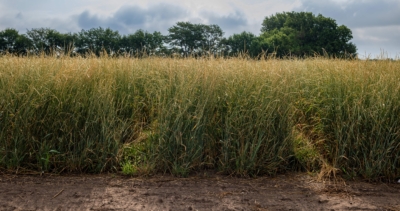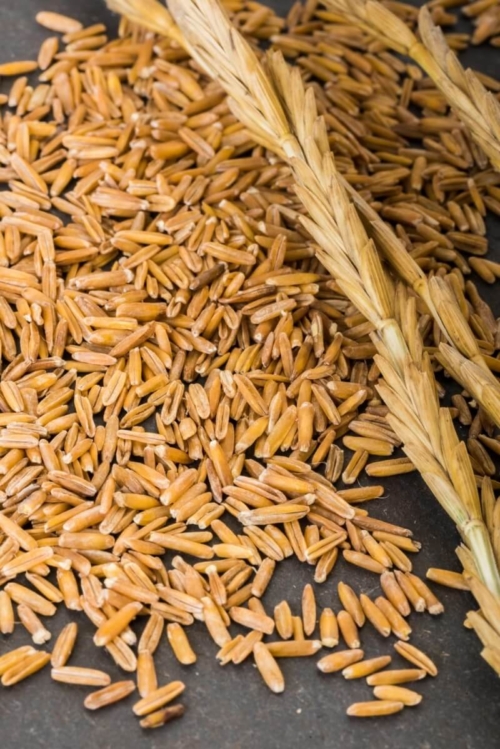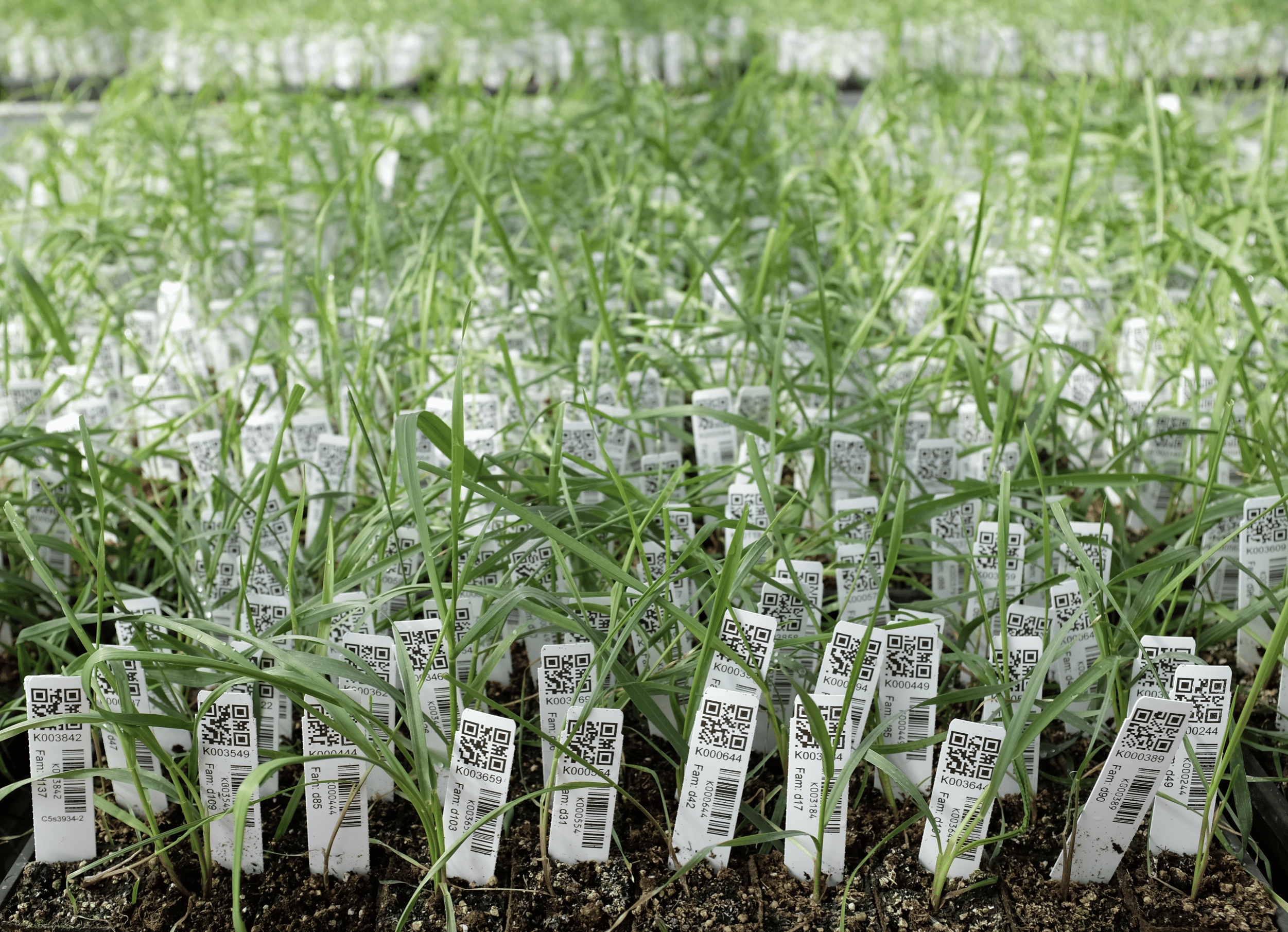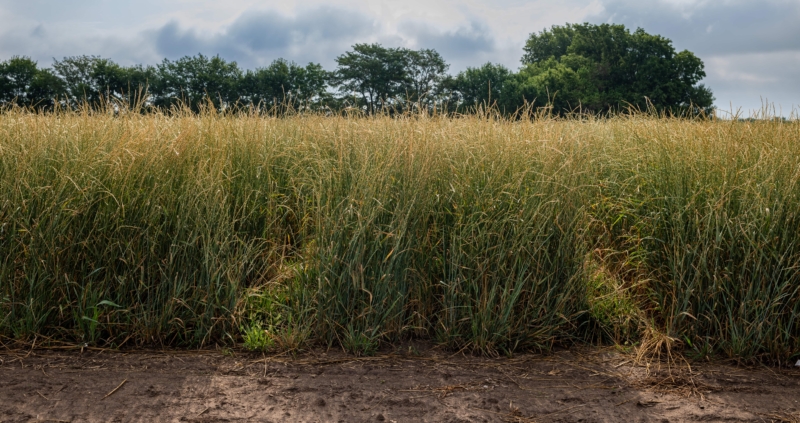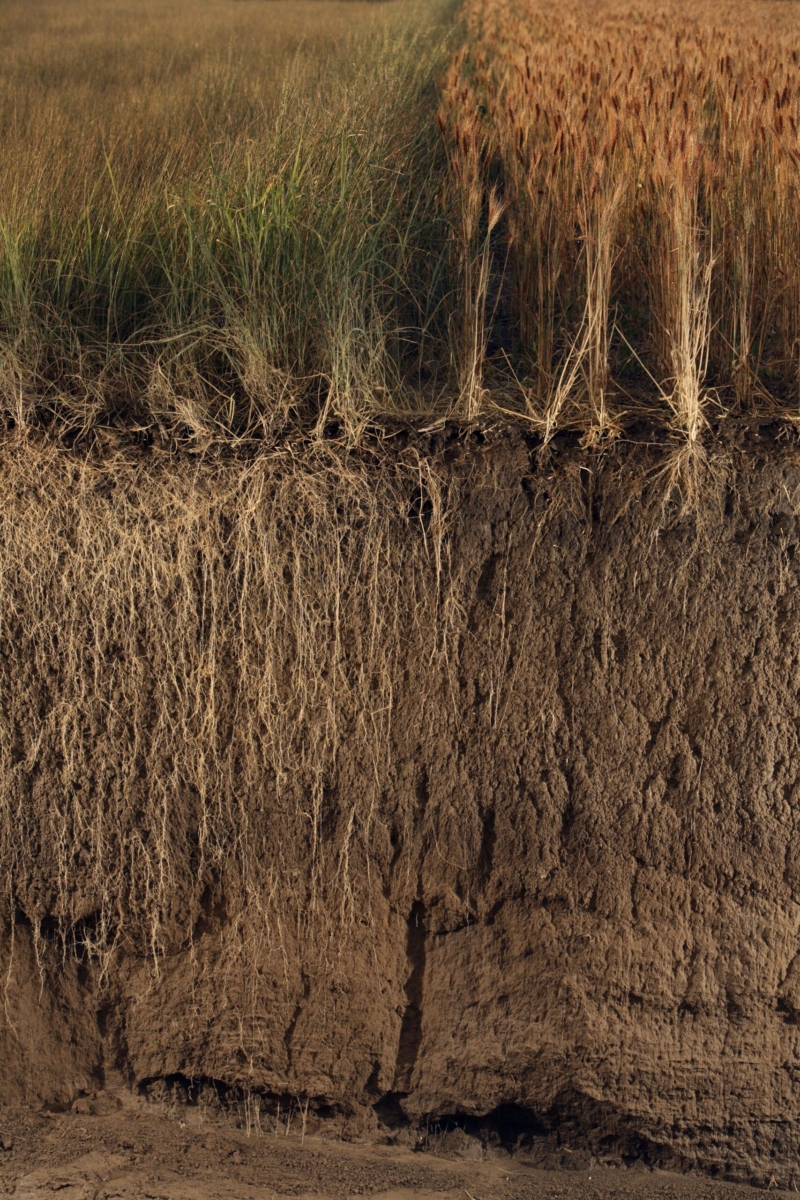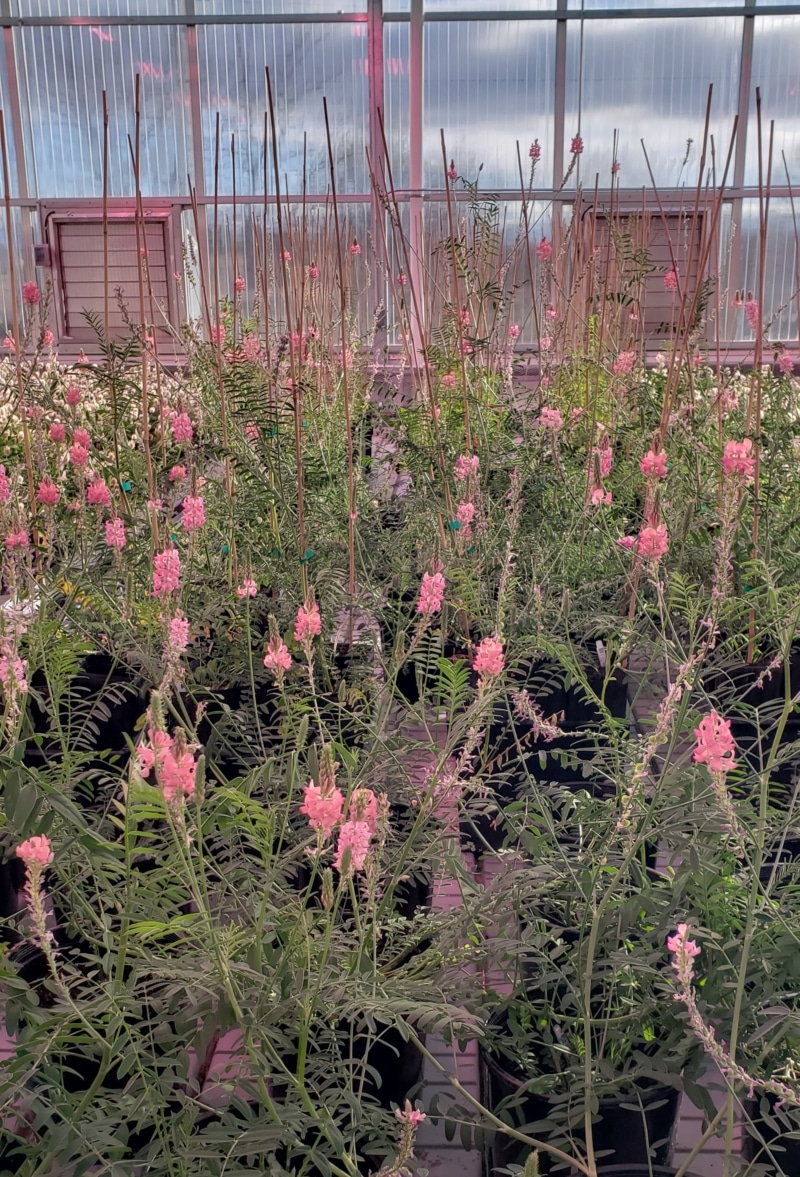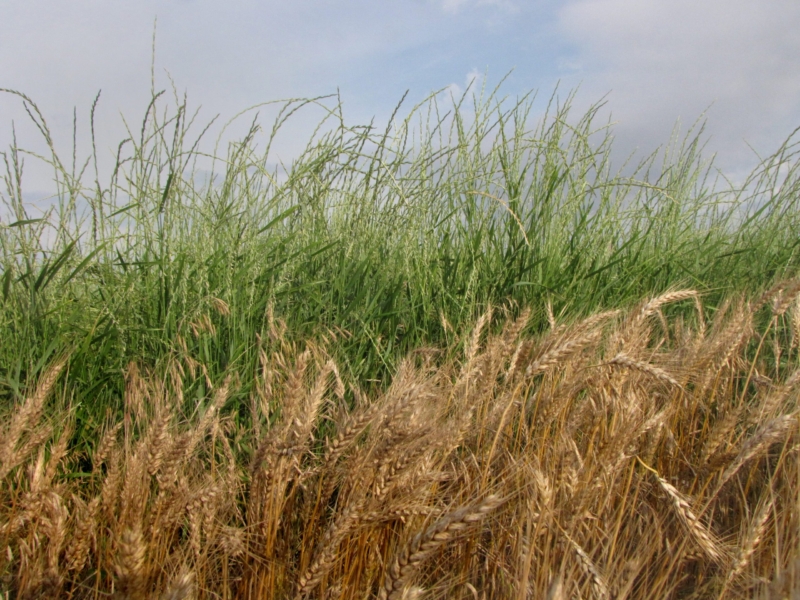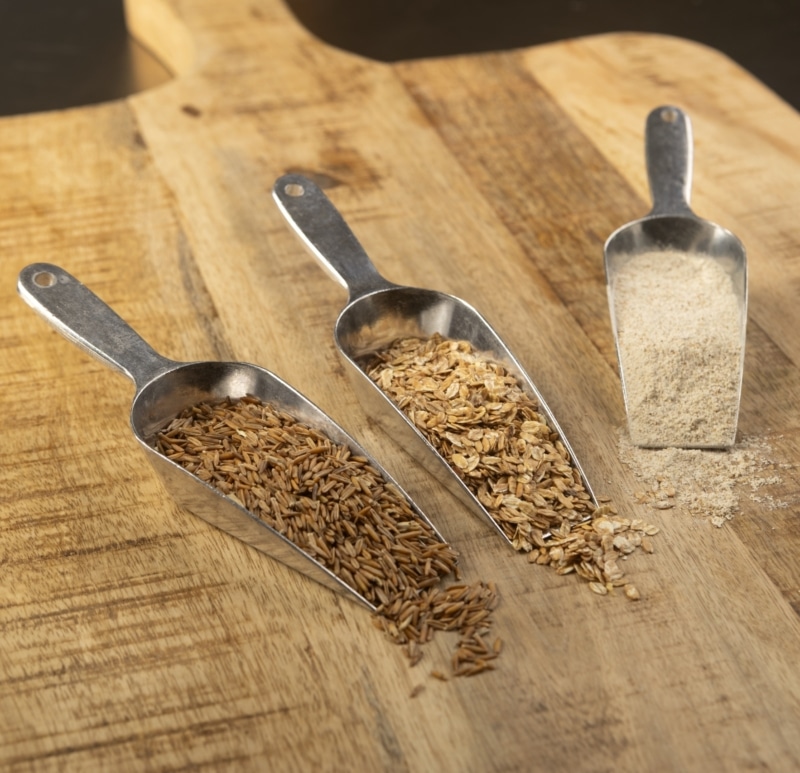Planting perennial grain crops with strong root systems that thrive in the soil for many years presents an exciting opportunity for agriculture to address climate change and adapt to its challenges, such as extreme weather and drought. These remarkable crops not only have the potential to capture and store significant amounts of carbon but also maximize nitrogen use, manage water resources more effectively, and lessen farmers’ reliance on fossil fuels.
Inspired by the resilience of native perennial ecosystems, these perennial grains show tremendous promise in combating climate change. They actively draw carbon dioxide from the atmosphere and store it in the soil. By utilizing nitrogen more efficiently, they help mitigate the release of nitrous oxide, a potent greenhouse gas. One of the most impressive features of perennial grains is their ability to grow continuously in place, establishing deep roots that remain undisturbed by traditional plowing. This promotes soil health by building carbon and allowing crops to access nutrients and water year-round.
Moreover, perennial grains can play a crucial role in helping us adapt to the changing climate. In regions where rainfall is expected to become more erratic—with intense storms followed by dry spells—these resilient crops can capture and store more water in the soil, enhancing its availability during drier weather. By eliminating the need for annual planting, perennial grains empower farmers to depend less on the unpredictable timing of rains, improving their chances for a successful harvest.
The benefits extend even further, as perennial grains can significantly reduce the energy, labor, inputs, and costs generally associated with farming. For example, over 99% of the energy farmers use to grow corn in the US Midwest comes from fossil fuels. Transitioning to perennial crops not only minimizes the need for annual planting but also leads to better nutrient and water retention. Once established, perennial grains naturally suppress weeds and decrease the need for tillage, tractor use, fertilizers, herbicides, and irrigation. In areas where farming relies on human labor or animal power, the lower energy requirements for perennial grains will ease the burden on farmers.
Perennial agriculture can help create a future in which diverse, perennial crops cover our farmlands, rebuilding healthy soil, adapting to the changing climate, and creating abundant food and economic growth for farmers and their communities.
